You Didn’t Ask Me, but … !
This month I decided I had a few random thoughts that I wanted to share with you. Although they do not all fit into the same category, they are all important for the way you do business.
Retail Pricing
Over the past few years, many industry pundits, me included, have written about the critical need for producers to charge more for their products in the face of increased input costs, higher labor costs and the need for capital/profit to invest in more efficient infrastructure and automation. Their customers, the mass market and locally owned garden centers, push back on the growers, saying that their customers … the consumers … are too price conscious/sensitive, and demand will drop if retails are increased. I call BS on this perceived challenge/theory for a few reasons.
First, this pushback on increasing prices isn’t coming from the consumer, but rather from a “feeling” from the retailers that higher prices will turn customers
off, decreasing traffic count or unit velocity. I don’t know too many retailers who have actually tested and measured the impact on consumer demand of higher retail prices. In my humble opinion, gut instinct isn’t a rational reason for not increasing retail prices.
Secondly, it’s been proven time and again that positive experiences and value trump price almost without exception. If we’re truly promoting the attributes and benefits of our products and what they do to enhance our consumers’ lives, and effectively telling our “story,” price is relegated to a much lower position in the purchase decision hierarchy.
And, thirdly, a major chunk of the United States experienced lousy weather this spring (we even had a blizzard here in the Minneapolis/St. Paul market in the first week of May!) and garden center sales were almost non-existent. But the first day the sun came out and there was even a short term forecast of decent weather, the customers came out of the woodwork. They loaded up flatbeds and car trunks with plants, trees, flowers and accessories, and I’ll almost guarantee they weren’t shopping based on price! There was latent demand and need and, if you weren’t price gouging and had decent quality and availability, you had exceptional results; retail prices weren’t a determinant to a sale!
It’s beyond time to re-think our pricing philosophies …
Putting a Value on a Story
Here’s another example of the importance of telling a compelling (and believable!) story, as told by my favorite business guru, Seth Godin:
Buy a $7,000 diamond ring at Tiffany’s in New York City and then walk down the street to the diamond district, just a few blocks away. You’ll likely run into
a jewelry merchant asking if you want to sell any diamonds to them. If you show them your Tiffany purchase, you’d be lucky if they offered you $1,000 for it.
That $6,000 difference is what you paid for the
Tiffany story. It’s the cost of the box, the lighting, the salespeople, the architecture and, most of all, the special feeling you get from the Tiffany aura and experience.
Or do a blind taste test. In one glass, wine from a $10 bottle. In the other, wine from a $200 bottle. The untasted difference between the two is what you paid for their story.
Just about everything we buy comes with a story. And yet creators, sellers and marketers don’t invest enough care, and don’t persist enough in making sure the story is worth what you paid for it.
What’s the value of your story?
Speaking of Stories
There’s a one-of-a-kind 2,000-square-foot store in the Chelsea section of NYC called STORY. It’s one of the most unique and intriguing retail experiences I’ve ever seen. It’s a retail concept that takes the point of view of a magazine, changes like a gallery and sells things like a store.
This means every four to eight weeks, STORY completely reinvents itself from the design to the graphics to the merchandise, with the goal of bringing to light a new theme, trend or issue. It’s a view of retail that goes beyond the transaction or a permanent space for everything to a place where the experience is everything, expressed the collaboration of products displayed in lifestyle presentations.
Established in 2011, here are some of the total store themes that have been created: Work/space, Love, Beauty, Color, Fresh, Home for the Holidays, Have Fun! Feel Good!, Well-Being, Art, and Design, among others. Everything in the store is dedicated to supporting each of these unifying themes. Key to the success of this strategy is that they merchandise by integrated thematic lifestyle, rather than by department or category. The theory is that creating innovative experiences creates customer emotions. And emotions create purchases.
This is experiential retailing at its best, providing information and context, then developing the consumer aspiration with the promise that their dreams can be fulfilled — the essence of shopper value. Simply put, most retailers focus on selling, while STORY is focused on satisfying!
Department store operator Macy’s was so impressed with this concept that they just bought STORY and will continue to operate it as a retail lab. The real reason for the purchase, however, was to get STORY founder and mastermind, Rachel Shechtman, on board to instill this kind of creativity and innovation into Macy’s brick-and- mortar environment.
Garden center retailers already support seasonal themes, such as Spring, Fall, Harvest and Holiday, changing out maybe 20 percent of their assortments in each theme period. But there are opportunities to create mini-themes throughout the year and throughout the store. Think about an orchid theme, for example, where all of the supporting products such as orchid books, fertilizers, moss, soils, containers, etc. are set up in a dedicated space with the orchid plants.
Think like a customer, grouping all of the products necessary to complete a project from start to finish all in one place. This not only has the potential to increase the market basket value, but more importantly increases the potential of success for the consumer, building confidence and repeat purchase opportunity.
Creating value/experience and communicating your value story are potential game changers for you. And the stronger your value and story are, the less you (and your consumer) will view price as a purchase driver.
And instead of just selling stuff, you’ll be satisfying innate consumer needs, and that’s a very good place to be …





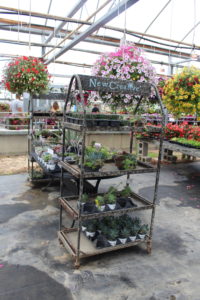

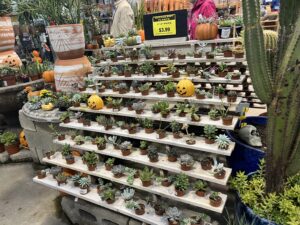
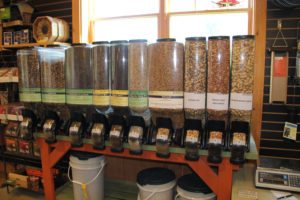
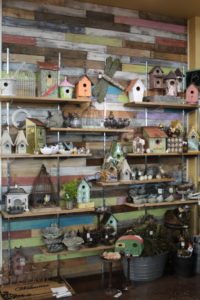
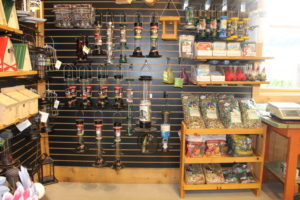
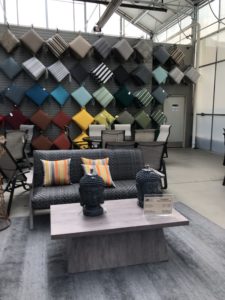
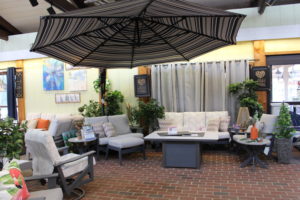

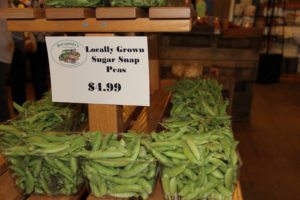


 Videos
Videos





